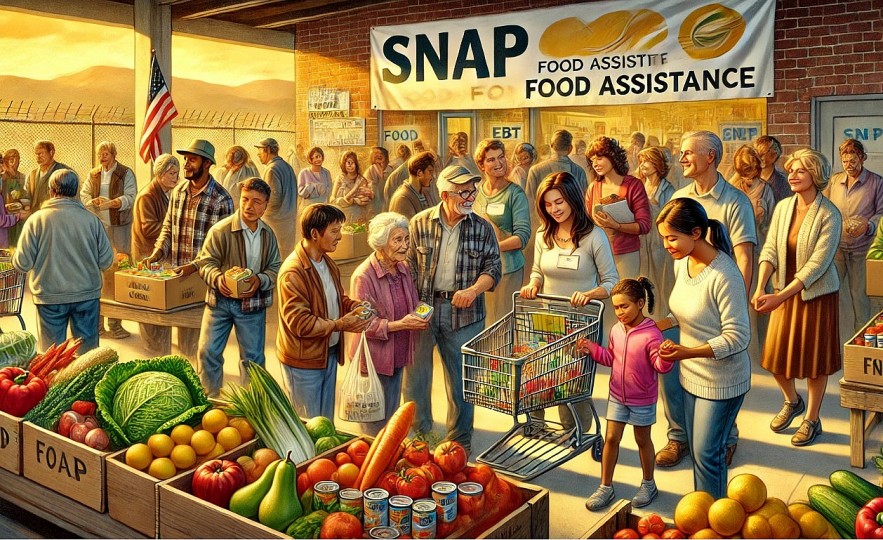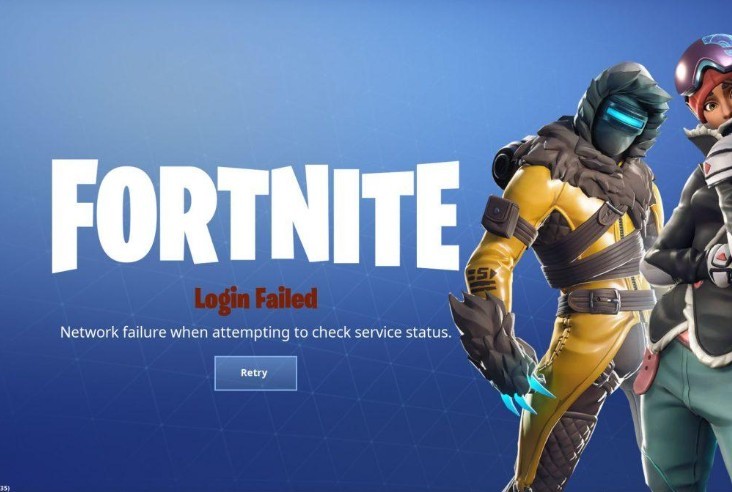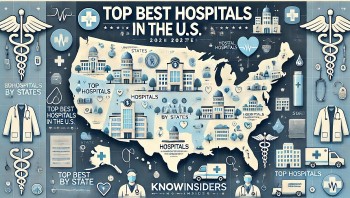SNAP (Food Stamps) January 2025 Schedule: Dates, and Average Benefits
 |
| SNAP Benefits January 2025 Schedule |
What is SNAP?
The Supplemental Nutrition Assistance Program (SNAP), formerly known as the food stamp program, is one of the most impactful anti-poverty initiatives in the United States. Administered by the United States Department of Agriculture (USDA), SNAP provides low-income individuals and families with assistance to purchase essential groceries.
Through SNAP, millions of Americans access nutritious food, supporting both individual well-being and broader public health. In fiscal year 2023, the U.S. government allocated approximately $115 billion to the program, with 94% of this funding directly used to purchase food. Statistics from 2022 highlight that 89% of SNAP benefits reached families living at or below the poverty line.
SNAP has proven to be a critical lifeline for many. Before the COVID-19 pandemic, the program kept over 6.6 million Americans, including 3 million children, above the poverty line. Beneficiaries receive funds on electronic benefit transfer (EBT) cards, which can be used at authorized retailers and online grocery platforms.
SNAP January 2025 Schedule
SNAP benefits for January 2025 will be distributed throughout the month across all 50 states, Washington D.C., and U.S. territories. Each state determines its own payout schedule based on factors such as case numbers, Social Security numbers, last names, or birth dates. However, states like Alaska, North Dakota, and Vermont pay all recipients on the first of the month.
Here is the detailed schedule for January 2025 SNAP benefits:
- 1st January: Alaska, North Dakota, Rhode Island, Virgin Islands, Vermont
- 1st to 10th January: California, Colorado, District of Columbia, Guam, Idaho, Iowa, Kansas, Nevada, Oklahoma
- 1st to 20th January: Illinois, New Mexico, Tennessee, Washington
- 1st to 19th January: Kentucky, South Carolina
- 3rd to 21st January: Michigan, North Carolina
- 1st to 9th January: New York, West Virginia
- 1st to 5th January: Nebraska, New Jersey
- 4th to 13th January: Arkansas, Minnesota
- 4th to 23rd January: Alabama, Maryland
- 5th to 23rd January: Georgia, Indiana
- 1st to 14th January: Massachusetts
- 4th to 22nd January: Pennsylvania
- 1st to 28th January: Florida, Texas
- 5th, 11th, and 15th January: Utah
- 4th to 21st January: Mississippi
- 1st to 3rd January: Connecticut
- 2nd to 23rd January: Delaware
- 1st to 15th January: Wisconsin
- 1st to 23rd January: Louisiana
- 1st to 22nd January: Missouri
- 5th January: New Hampshire
- 2nd to 6th January: Montana
- 1st to 4th January: Wyoming
- 1st to 13th January: Arizona
- 10th to 14th January: Maine
- 10th January: South Dakota
- 1st to 9th January: Oregon
- 1st to 7th January: Virginia
- 3rd to 5th January: Hawaii
- 2nd to 20th January: Ohio
Average SNAP Benefits for January 2025
The SNAP benefit amount varies based on household size, monthly income, and fixed expenses such as utilities, rent, and childcare. For fiscal year 2025, the maximum monthly SNAP benefit for a household of three is $768, while the average monthly benefit is $594.
Here are average benefits for different household sizes:
- Household of 1: Average benefit $204
- Household of 2: Average benefit $364
- Household of 3: Average benefit $594
- Household of 4: Average benefit $751
To calculate the exact SNAP benefit for your household, the program assumes that recipients will spend 30% of their net income on food. Families with zero net income qualify for the maximum benefit amount. The net income is determined by subtracting standard, earnings, and shelter deductions from the gross income.
For example, a household with a net income of $500 and a maximum benefit of $768 would calculate their benefit as follows:
- 30% of net income: 0.30×500=1500.30 times 500 = 1500.30×500=150
- Subtract expected food contribution from the maximum benefit: 768−150=618768 - 150 = 618768−150=618
Thus, this household would receive $618 in SNAP benefits for the month.
Eligibility and Key Requirements
To qualify for SNAP, applicants must meet strict criteria regarding income, employment, and assets:
- Income Limits: Gross and net income limits are set based on household size. Special rules apply for elderly or disabled individuals.
- Asset Limits: Most households must meet resource limits, though homes and retirement accounts are typically excluded.
- Work Requirements: Able-bodied adults without dependents (ABAWDs) are required to work or participate in a work program for a minimum of 20 hours per week.
Notably, homeless individuals without a fixed residence can also access SNAP benefits, though they must fulfill the same eligibility criteria.
Conclusion
The Supplemental Nutrition Assistance Program (SNAP) remains a cornerstone of U.S. social support, helping millions of Americans access essential nutrition. With a clear payout schedule and structured benefits tailored to household needs, the program adapts to address poverty and food insecurity effectively.
For January 2025, the diverse state schedules and average benefit amounts reflect the program’s emphasis on localized and equitable distribution. As millions depend on SNAP for their daily sustenance, understanding its mechanics ensures beneficiaries can make the most of their assistance while the program continues to play a vital role in reducing hunger across the United States.
 2025 Social Security COLA: How All Benefits To Change and When Will the Payments Arrive 2025 Social Security COLA: How All Benefits To Change and When Will the Payments Arrive Here is what you need to know about the Social Security Cost-of-Living Adjustment (COLA), which will be revealed in October. How to calculate your 2025 ... |
 When Will the First COLA-Adjusted Payments Arrive in January 2025? When Will the First COLA-Adjusted Payments Arrive in January 2025? The Social Security Administration (SSA) implements annual Cost-of-Living Adjustments (COLA) to ensure that Social Security benefits keep up with inflation. For 2025, millions of beneficiaries ... |
 How Upcoming Changes to US Retirement Age Impact Americans Over 50 How Upcoming Changes to US Retirement Age Impact Americans Over 50 The landscape of retirement in the United States is evolving, with significant changes to Social Security and the retirement age on the horizon. For Americans ... |
 Tips to Maximize Social Security Benefits in 2025 Tips to Maximize Social Security Benefits in 2025 In this article, we’ll explore practical strategies to help both workers and retirees optimize their benefits in 2025 and beyond. |

























